As the sun started dipping over Palma de Mallorca, the golden light touched everything around me. But honestly, nothing lit up quite like La Seu Cathedral.
Watching those sandstone walls of this Gothic masterpiece catch the last rays turned my regular Spain holiday into something I’ll remember forever. The way the cathedral’s towers and arches shone above the sea made me stop in my tracks.
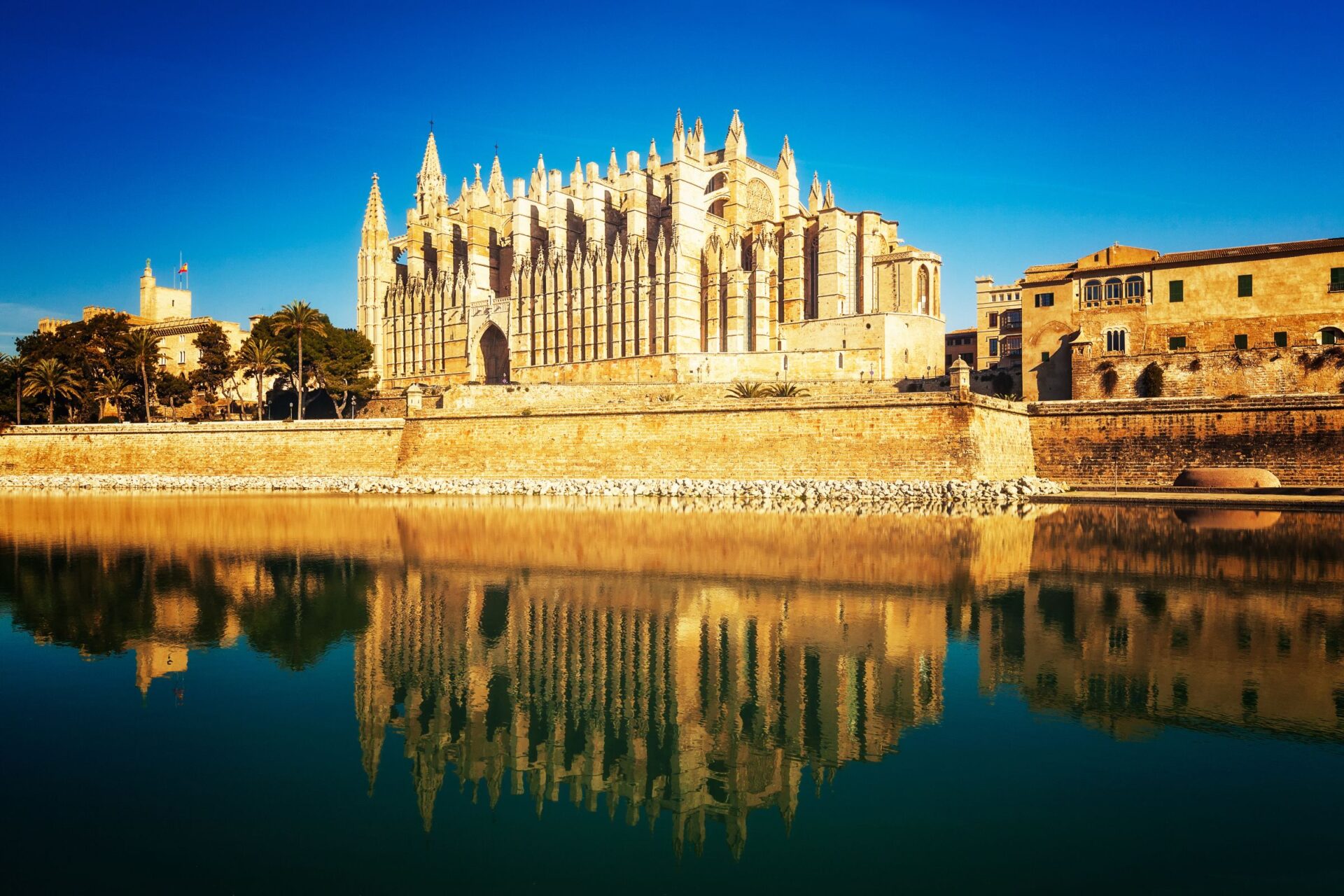
Standing there, wrapped in the gentle evening breeze and the city’s slowing sounds, I finally got why La Seu means so much to so many. This wasn’t just another tourist spot—it felt magical, like the moment that defined my Mallorca trip.
Exploring Palma at sunset, especially near the cathedral, gave me more than just pretty views. I felt connected to the city’s history, its architecture, and its relaxed vibe—something every traveler should really consider adding to their list.
La Seu Cathedral at Sunset: A Magical Encounter
I didn’t just stop by La Seu at sunset in Palma de Mallorca—it became the highlight of my Balearic Islands adventure. The cathedral’s deep history, its dramatic spot above the Bay of Palma, and that crazy golden hour light made it unlike any other place I’d seen in Spain.
The History and Grandeur of La Seu
When I stepped onto the grounds, I couldn’t believe how massive this cathedral is. La Seu stands as one of the tallest Gothic buildings in Europe.
They started building it in the 1200s using golden sandstone, and it took nearly four centuries to finish.
Inside, the rose window is enormous—one of the world’s largest. In the afternoons, colored light floods the space.
Antoni Gaudí, yes, that Gaudí, worked on its restoration at one point. He left little touches everywhere if you look closely.
From outside, the cathedral rises above Parc de la Mar and looks out over the bay. Standing there, I could feel the centuries of Mallorcan history pressing in—this place isn’t just a landmark; it’s Palma’s heart.
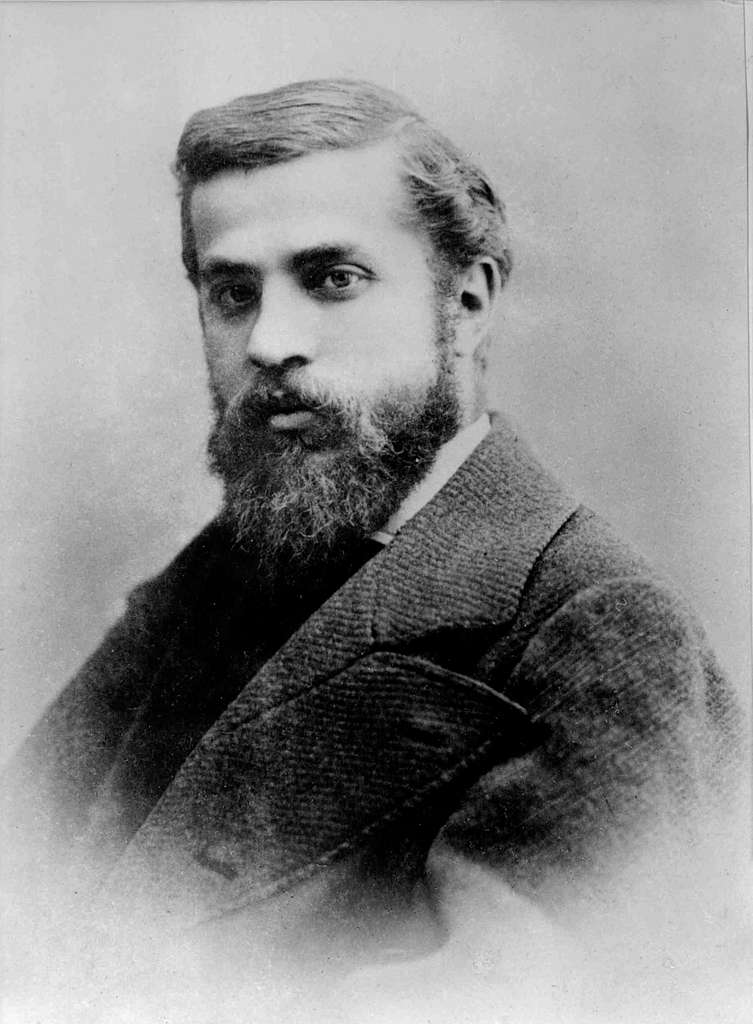
Sunset Views Overlooking the Bay of Palma
La Seu’s location amazed me—it sits right above the water, looking over the wide Bay of Palma. When sunset hits, golden light washes over the cathedral and every detail pops.
I found my favorite viewpoint along the edge of Parc de la Mar. The palm-lined promenade below and the sailboats drifting by made the scene feel almost unreal.
As the sun dropped, the sandstone turned deep amber. The bay shimmered with reflections, and the whole place felt dreamlike.
People gathered—locals, tourists, everyone—either sharing quiet moments or snapping photos. We all seemed drawn in by the beauty of this spot.
Just grabbing a bench or finding a patch of grass worked perfectly for me. I loved watching the colors shift and soaking up Palma de Mallorca’s coastal charm.
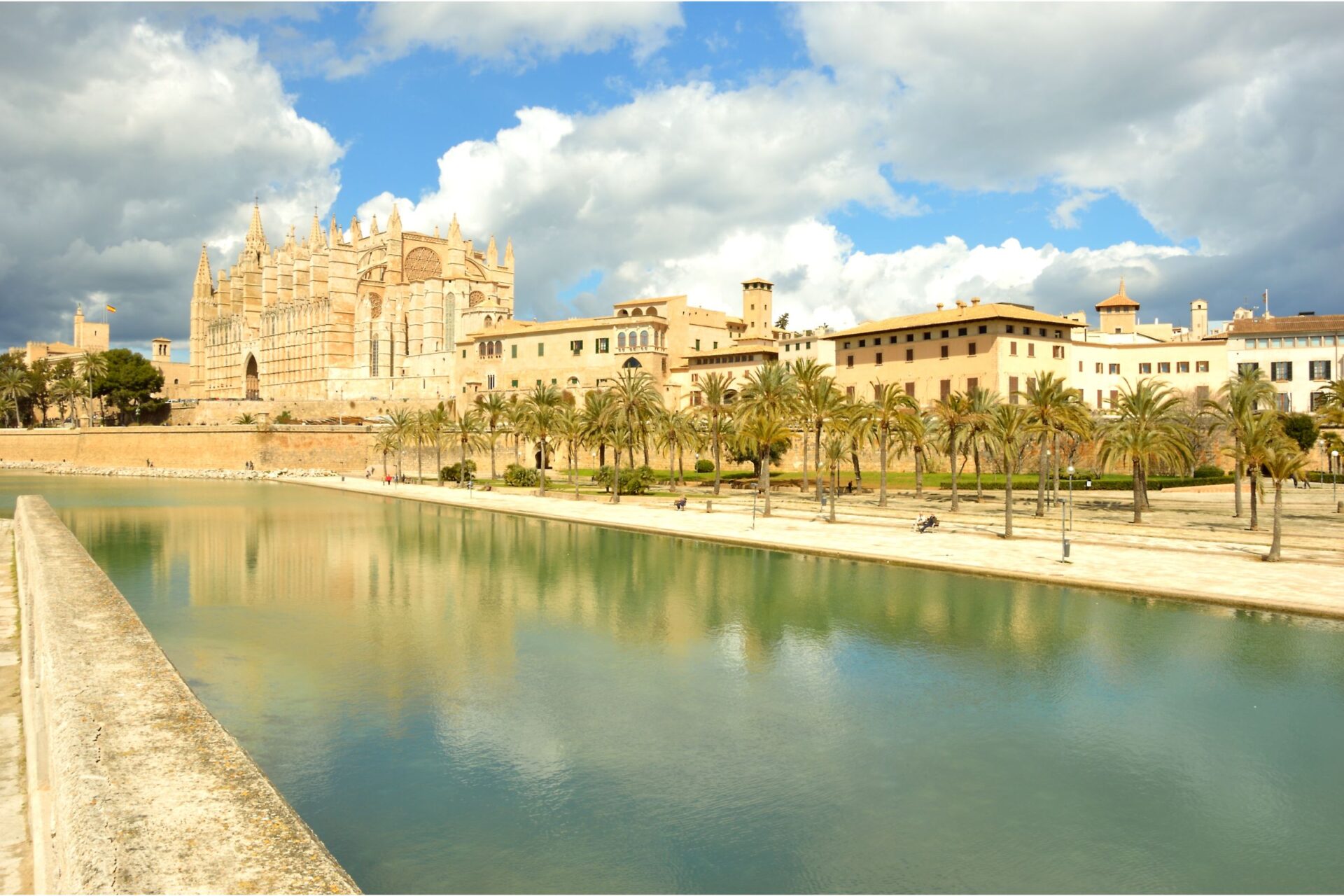
Experiencing Mallorca’s Golden Hour
Golden hour here isn’t just a time—it’s an event. The plaza buzzes gently as people slow down to enjoy the view.
Musicians sometimes show up near the steps, and street vendors sell little souvenirs. The mood is lively but somehow calm.
I figured out it’s best to arrive about 30 minutes before sunset. That way, I could watch the sky change from orange to purple and see the cathedral flicker in the last sunlight.
Even though it’s a popular spot, I always found a peaceful corner for myself.
If you’re heading to the Balearic Islands, catching La Seu at sunset is a must. Whether you’re alone or with friends, the mix of history, views, and atmosphere left me with photos—and memories—that stuck.
Palma’s Vibrant Heart: Exploring the City Surrounding La Seu
The area around La Seu Cathedral pulses with history, food, and the energy of city streets. Every corner surprised me—hidden tapas bars, local shops crammed with handmade goods, and sunny squares full of laughter.
Wandering Through Old Town and La Lonja
After leaving La Seu, I wandered straight into Palma’s Old Town maze. Narrow stone streets twist between honey-colored buildings with green shutters and balconies overflowing with flowers.

I started in La Lonja, the old merchants’ quarter just steps from the cathedral. Gothic façades line the lanes, and the La Lonja de Palma building stands out—it almost looks like a castle.
Inside, slender pillars stretch up like a stone forest.
Small art galleries and secret courtyards kept surprising me. I loved watching locals greet each other in the squares, the air buzzing with relaxed chatter.
Old Town feels timeless, but it’s never boring.
Tasting Tapas and Local Cuisine
Palma’s food scene is just as lively as its streets. Tapas bars pop up everywhere near the cathedral.
I ended up at Quina Creu, a cozy spot with colorful tiles and a menu packed with local treats like sobrasada and ensaimada.
I also tried Es Pincell and U Gallet—both perfect for tasting real Mallorcan bites. The portions aren’t huge, but wow, the flavors!
If you love sweets, the nearby bakeries serve up fresh pastries and strong coffee.
For dinner, I usually picked outdoor tables so I could watch the city glow as the sun set. The mix of classic Spanish and Majorcan dishes turned each meal into a little adventure.
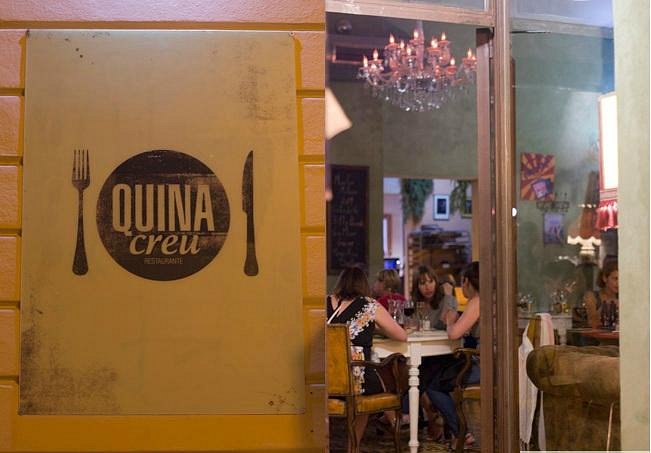
Image Source: Tripadvisor
Chic Cafés and Bars Near the Cathedral
Cafés and bars cluster around La Seu, which makes it easy to rest or meet someone new. I liked Kaskai for its chill vibe and its view of the cathedral’s spires.
At Made in Brasil, I sipped a mojito while street musicians played nearby.
One night, I went to Varadero for a sunset drink—its terrace gave me a postcard view of Palma’s marina.
If you’re into quirky places, Escape Bar mixes up creative cocktails, and Gibson is all about live music and good company.
The nightlife here is whatever you want it to be. Salero serves up jazz and tapas late into the night.
A short walk away, Tito’s invites you to dance until sunrise if you’re up for it.
Shopping in Palma: From Boutiques to Markets
Shopping in Palma is a treat, especially near La Seu and in the Old Town. Tiny boutiques sell handmade jewelry, shoes, and crafts.
I wandered into shops full of stylish clothes and leather goods—some made right in Majorca.
I loved stopping by a local market, where baskets overflowed with olives, cheeses, and spices. The colors and smells were as rich as the city’s history.
For gifts, I browsed concept stores or ducked into Made in Brasil for something different.
Palma de Mallorca mixes old and new, and shopping here always felt like stumbling onto something special.
Must-See Sights Beyond La Seu
Mallorca’s more than just its famous cathedral. Exploring places like Bellver Castle, the Arab Baths, and tucked-away beaches showed me a whole different side of the island. From ancient ruins to crazy sea views, these spots added so much to my Palma adventure.
Bellver Castle: History With a View
Bellver Castle sits on a wooded hill just outside Palma, and it gave me some of the best views of the city and the Mediterranean. This 14th-century fortress stands out because it’s round—pretty rare for a Spanish castle.
I wandered through the stone corridors, learning about Palma’s past and the castle’s time as a royal home and even a prison.
The museum inside covers everything from medieval battles to wild local legends.
Climbing up to the circular towers, I took in a 360-degree panorama. The blue sea, city rooftops, and La Seu in the distance all came together in one epic view.
On a clear afternoon, sunlight painted golden patterns on the castle’s sandstone walls. If you’re into history or photography, Bellver Castle is a must.
Quick Tips:
- It’s open most days; morning light makes for the best photos.
- Wear comfy shoes—the walk up is a bit steep.
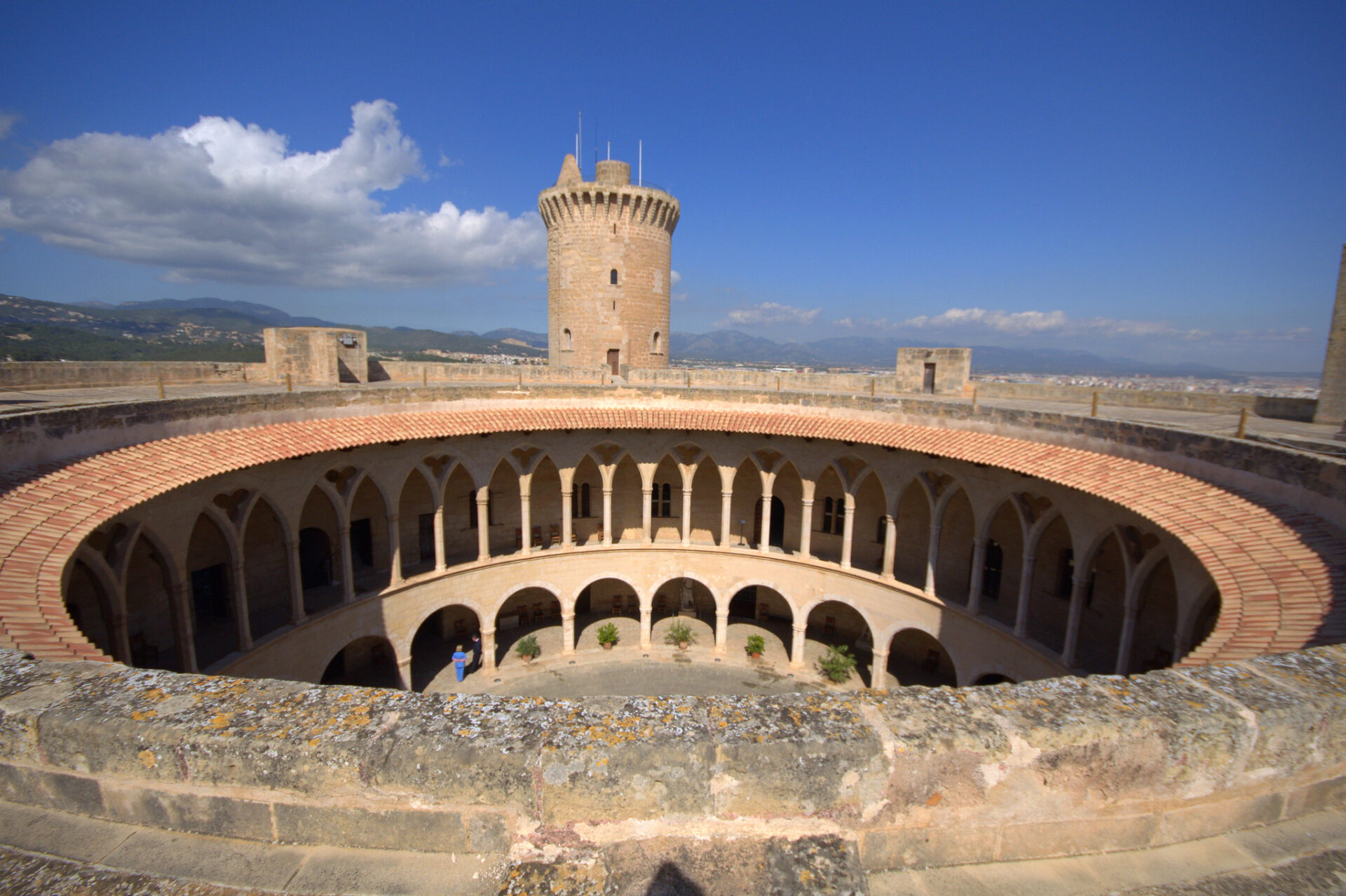
Image Source: Flickr
The Enigmatic Arab Baths
Hidden in Palma’s old quarter, the Arab Baths (Banys Arabs) felt like a portal to another time. These baths go back to the 10th century, when Mallorca was under Muslim rule. Only a small part remains, but it’s a real gem.
Stone columns and domed ceilings cast cool shadows as I wandered through the rooms.
I took a break in the little garden full of orange trees and palms—it was quiet except for the birds.
This spot is one of the last traces of Islamic architecture in Palma. Looking up at the tiny star-shaped windows, I tried to imagine life here a thousand years ago.
Entrance costs just a few euros, and you can see it all in under half an hour.
It’s a peaceful break from the busier tourist spots.
Don’t Miss:
- The calm garden—it’s perfect for a breather.
- The bathhouse windows’ intricate shapes.

Seaside Serenity at Cala Agulla
Mallorca’s beaches get a lot of hype, but It’s open most days; morning light makes for the best photos.
Wear comfy shoes—the walk up is a bit steep.really made me slow down and just breathe. On the northeast coast, this Blue Flag beach stretches out with soft white sand, pine trees, and mountains in the background.
The water is crystal clear and shallow—ideal for swimming or just wading in. Even when it gets busy in summer, I found mornings and late afternoons pretty peaceful.
They rent sunbeds and umbrellas, and a few cafés are close by for snacks or drinks.
Hiking trails run along the beach, and I found quiet spots with stunning views over the bay. That mix of convenience and nature made Cala Agulla one of my favorite Spanish beach memories.
What I Loved:
- Relaxed, family-friendly atmosphere
- Easy to reach by car or bus
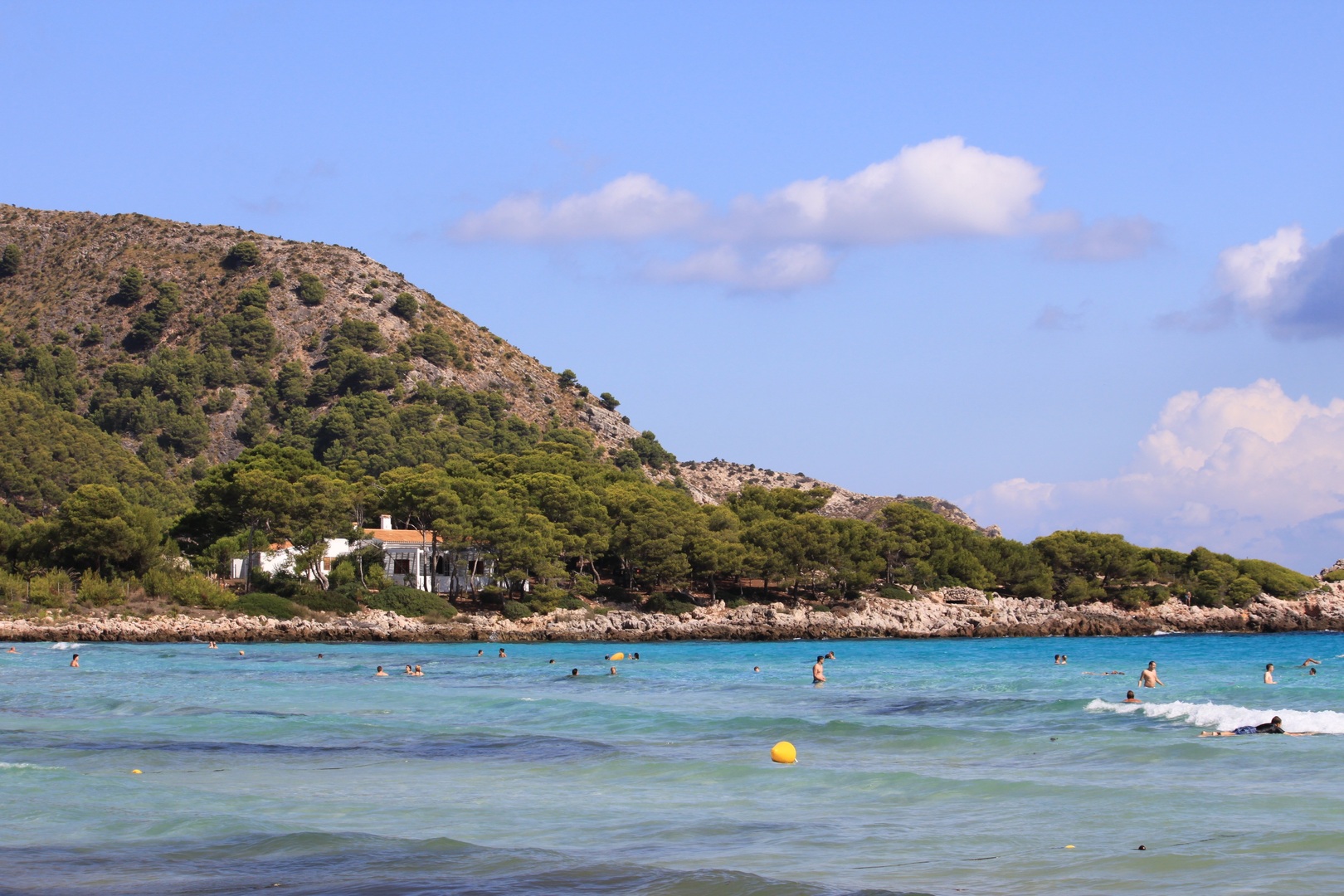
Venturing to Cales de Mallorca
Cales de Mallorca showed me a quieter side of the island, perfect for finding hidden coves. About an hour from Palma, this stretch on the east coast has several small inlets, each with its own little beach.
I hopped from Cala Domingos to Cala Antena, following easy walking paths with sea views the whole way.
Most coves have calm, clear water—great for swimming and snorkeling.
Local cafés and simple restaurants serve up Spanish favorites like paella and fresh seafood.
It’s less crowded than Palma or the bigger resorts, so I loved taking my time, packing some snacks, and moving between sunny and shady spots.
Must-try activities:
- Snorkeling around the rocks
- Tasting local tapas by the water

Unforgettable Experiences and Activities in Mallorca
Mallorca isn’t just about sunsets and landmarks. The island is packed with unique ways to dive into its landscape, culture, and local life—each one added a new layer to my trip.
Train Rides to Sóller and Beyond
Riding the vintage wooden train from Palma to Sóller felt like a trip back in time. The train winds through the Serra de Tramuntana mountains, passing olive groves, citrus orchards, and stone villages. The gentle rocking and big windows let me soak in every view.
When I arrived in Sóller, the town square buzzed with cafes and markets. I hopped on the orange tram down to Port de Sóller, where calm turquoise water meets a laid-back harbor full of seafood spots.
It’s easy to turn this trip into a whole day, exploring slowly and soaking up that classic Balearic charm.
| Route | Highlights | Duration |
|---|---|---|
| Palma–Sóller | Vintage train, mountain views | ~1 hour |
| Sóller–Port | Seaside tram, harbor restaurants | ~20 min |
Exploring Cap de Formentor’s Dramatic Coast
Cap de Formentor sits at the northern tip of Mallorca, famous for its rugged cliffs and winding roads. Driving up the peninsula felt like an adventure, with every turn revealing new turquoise sea views.
At the lighthouse, the breeze smelled of salt and pine. It’s a fantastic spot for photos or just standing still and taking in the wide open sky.
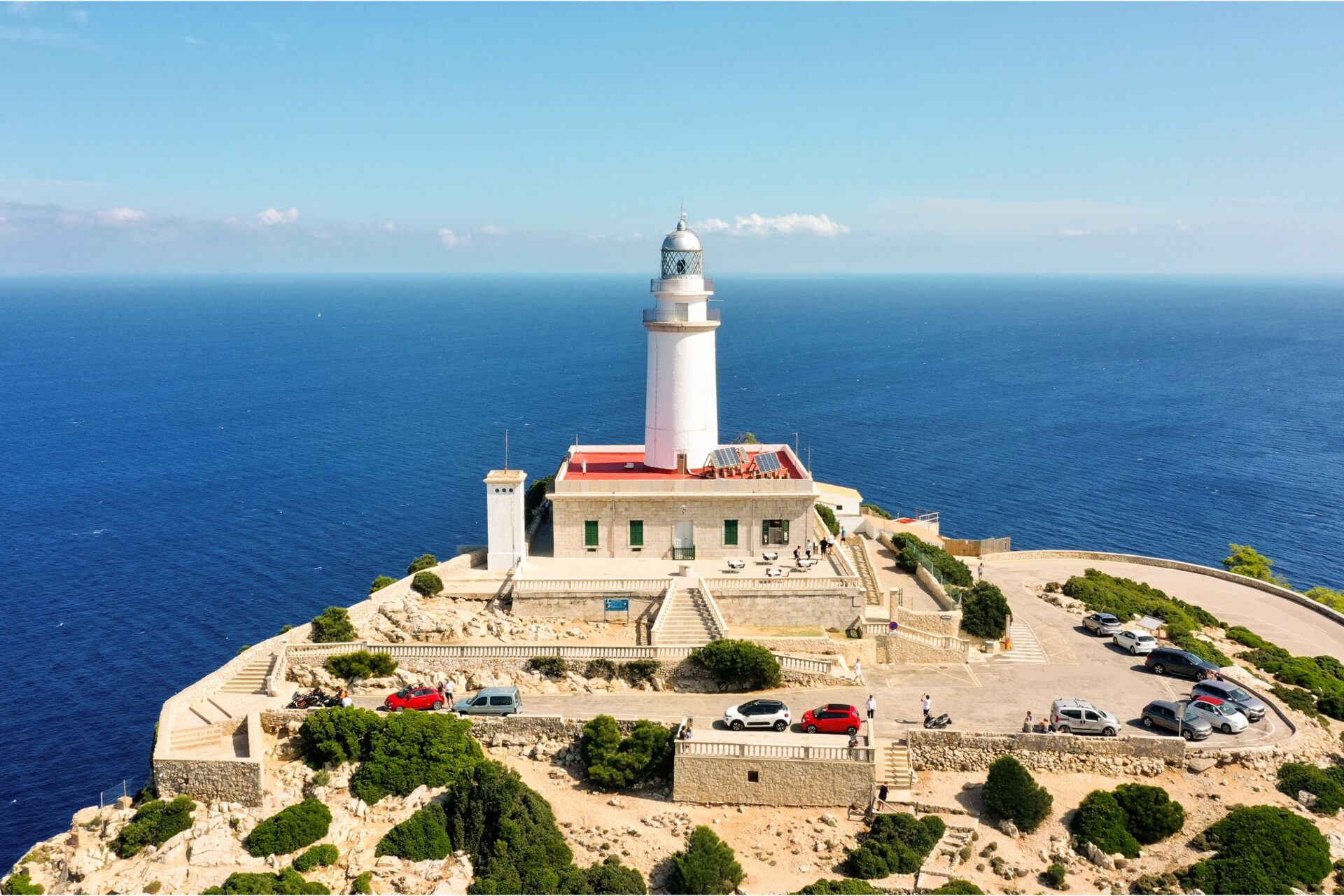
There are quiet beaches tucked along the coast too—I found Playa de Formentor perfect for a swim in gentle, clear waves after the drive.
Travel Tip: The roads are narrow and twisty. Early mornings are calmest and the light is best for photos.
A Night Out: Live Music and Island Bars
When night falls in Mallorca, the whole vibe shifts—especially in Palma and the coastal resorts. The island’s bar scene keeps growing, with spots offering local wine, craft cocktails, and live music.
I’ve spent nights listening to jazz tucked away in quiet courtyards. Sometimes I wander into beachside venues and catch indie bands that surprise me.
Some bars throw open mic nights, and you’ll find locals and travelers mixing in a friendly crowd. Tapas always steal the show—think olives, cheeses, and fresh seafood alongside a chilled glass of sangria.
The pace slows down, and the atmosphere just feels welcoming. Every night out seems to have its own charm.
Some favorite spots for live music and that unmistakable Balearic feel:
- Jazz Voyeur Club, Palma
- Garito Café, Palma marina
- Sa Fonda, Deià
When Distant Worlds Collide: Reminders of Chennai in Mallorca
Funny how places thousands of miles apart can feel so connected. As I wandered through La Seu Cathedral’s magic in Mallorca, memories of Chennai kept sneaking up on me—woven into the breeze, the stones, even the air.
The Shores of Marina Beach and the Bay of Palma
The sea breeze at the Bay of Palma instantly took me back to Marina Beach in Chennai. Both spots are lively at sunset, with locals gathering, kids running barefoot, and the waves catching the last light.
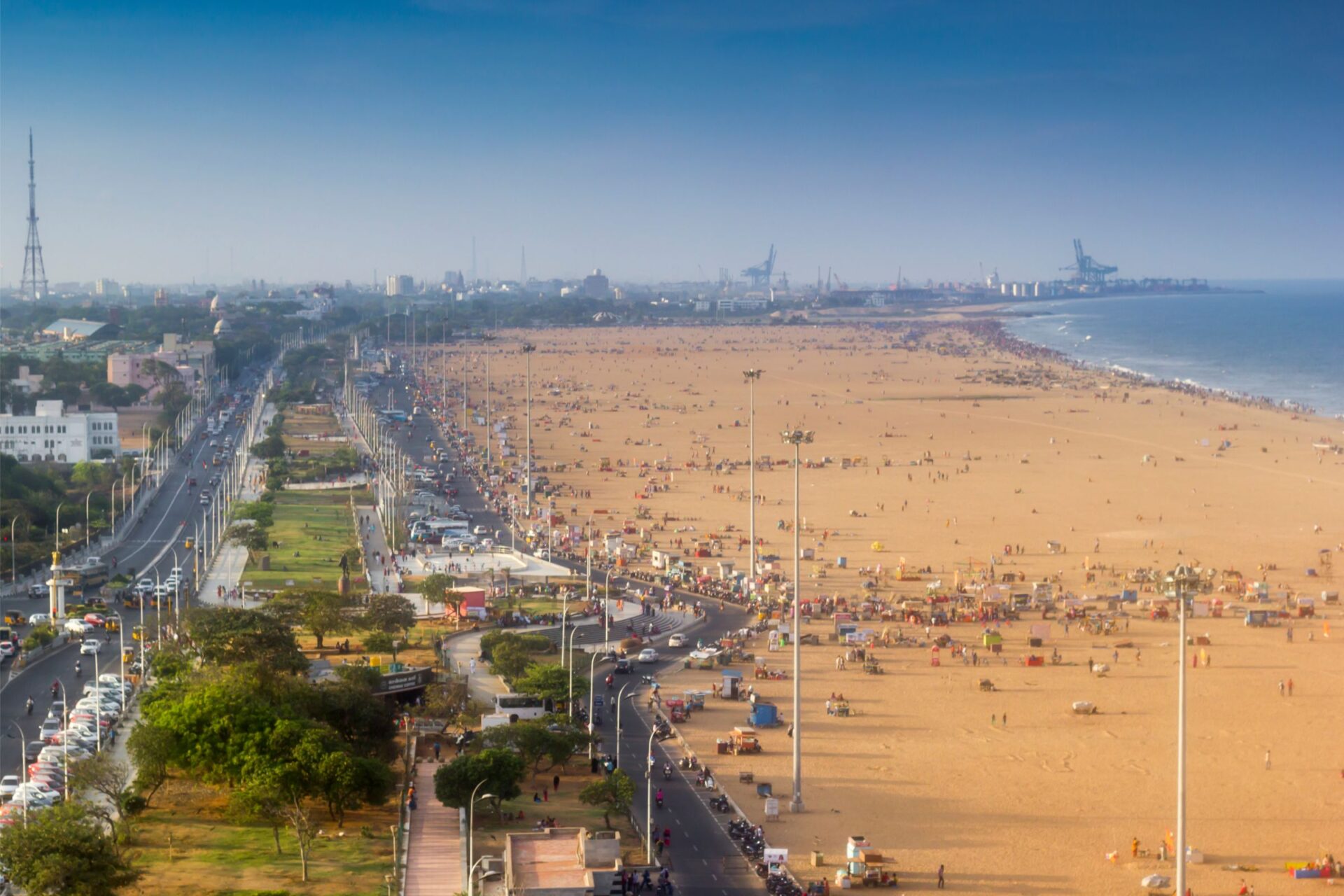
Watching the Mediterranean lap at Mallorca’s coast, I started thinking about the Bay of Bengal meeting Marina Beach. Vendors selling snacks, the easy mix of tourists and residents—it all felt familiar.
Sitting on Palma’s rocks, I found that same easy joy I’d felt at Marina. The sea really does connect these distant places, doesn’t it?
| Feature | Marina Beach (Chennai) | Bay of Palma (Mallorca) |
|---|---|---|
| Length | Over 13 km | About 20 km |
| Popular Activities | Walking, street food, kite flying | Sailing, walking, cafes |
| Atmosphere | Bustling, family-friendly | Relaxed, scenic |
Architectural Wonders: La Seu and Santhome Cathedral Basilica
Standing beneath La Seu Cathedral’s golden sandstone, I couldn’t help but think of Santhome Cathedral Basilica in Chennai. Both churches show how faith and architecture can shape a place, even if their worlds are far apart.
La Seu’s Gothic arches soar above Palma, while Santhome’s white spires rise over Chennai’s oldest neighborhoods. In La Seu, stained glass floods the sanctuary with color. Santhome’s interior glows softly on quiet mornings.
Both cathedrals carry centuries of history and offer a kind of spiritual calm. Anyone—pilgrim or just curious—can step into their cool, silent halls.
| Landmark | Location | Style | Unique Feature |
|---|---|---|---|
| La Seu Cathedral | Mallorca | Gothic | Sunlit rose window |
| Santhome Cathedral Basilica | Chennai | Neo-Gothic | St. Thomas tomb |
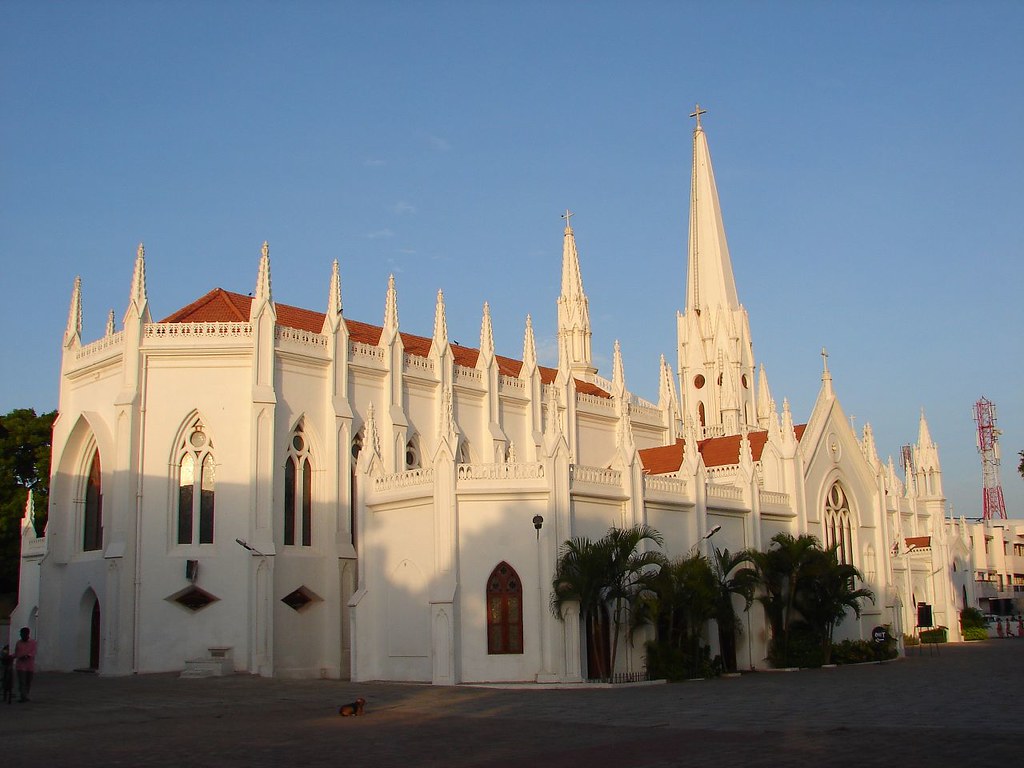
Image Source: Flickr
Historic Forts: Fort Museum and Fort St. George
Palma’s ancient walls reminded me of Chennai’s own forts, especially Fort St. George and the Fort Museum nearby. The stone bastions and old cannons in Palma felt familiar—maybe all colonial forts share the same language of defense and trade.
Inside Chennai’s Fort Museum, you’ll find artifacts and uniforms that tell stories from the British era in Tamil Nadu. The sound of footsteps echoing on stone in both forts made me realize how history hangs around in old corridors.
Climbing Palma’s ramparts at sunset gave me a new view of the city, much like standing atop Fort St. George. Both places reveal how the sea and outside influences have shaped them.
- Palma Fort Highlights: Medieval towers, panoramic sea views, preserved cannons
- Fort St. George Must-Sees: 17th-century architecture, British memorabilia, State Legislative Assembly
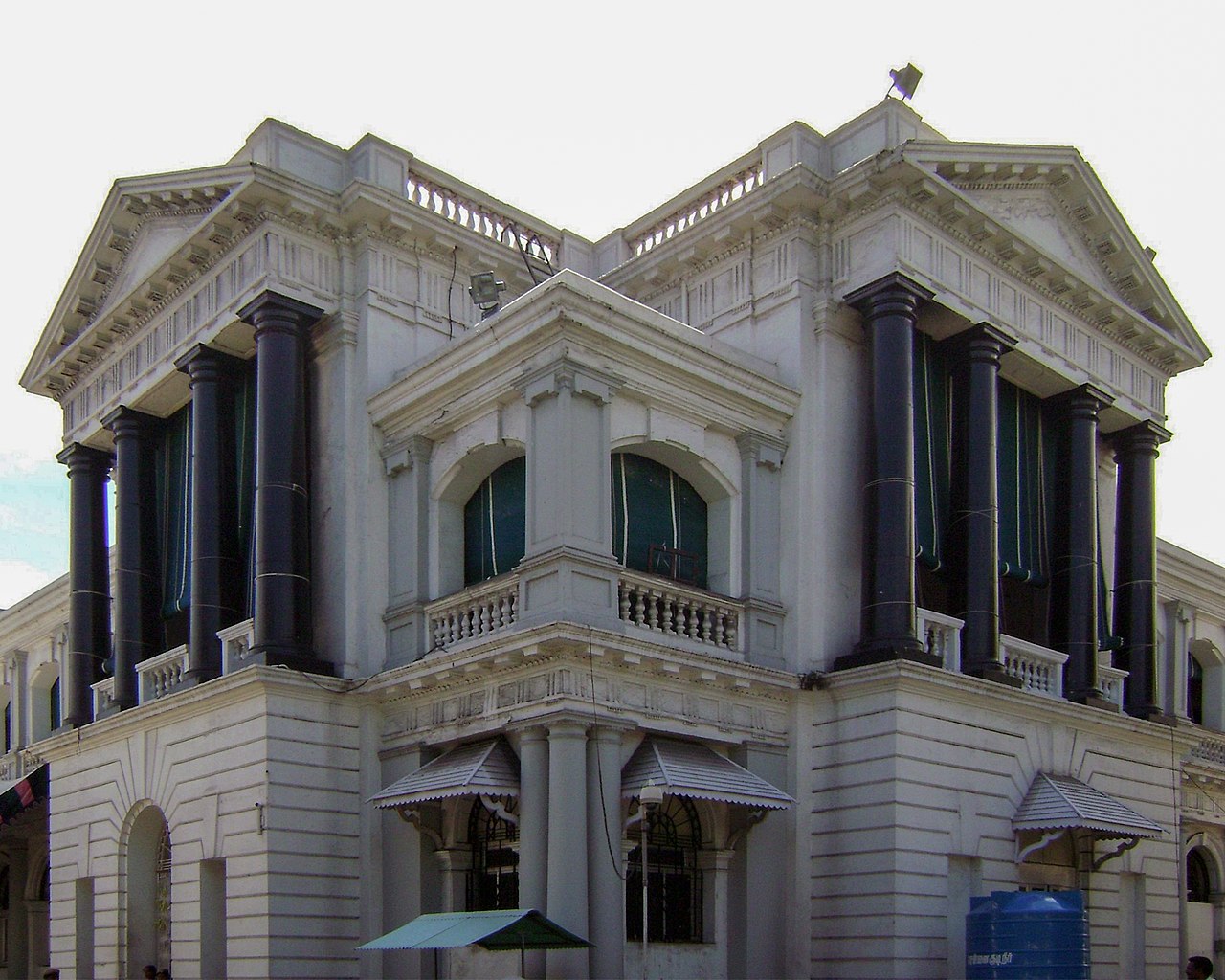
Image Source: Wikimedia Commons
Cultural Crossroads: From Guindy National Park to Mallorca
Palma’s city parks and open spaces instantly took me back to Chennai’s green heart—Guindy National Park.
As I wandered under the shaded paths in Mallorca, I couldn’t help but miss the lush thickets of Guindy. Spotted deer graze there, and peacocks casually wander near the Snake Park and Vivekananda House.
Both places let you escape the city’s constant noise for a while. Mallorca’s gardens, filled with native Spanish plants and even a few from China, felt surprisingly peaceful—almost like Guindy’s ancient banyans.
I noticed the laughter of school kids on field trips and families enjoying picnics. These parks really do feel like shared spaces.
Isn’t it funny how, even on different continents, the simple joys of nature pull people together?
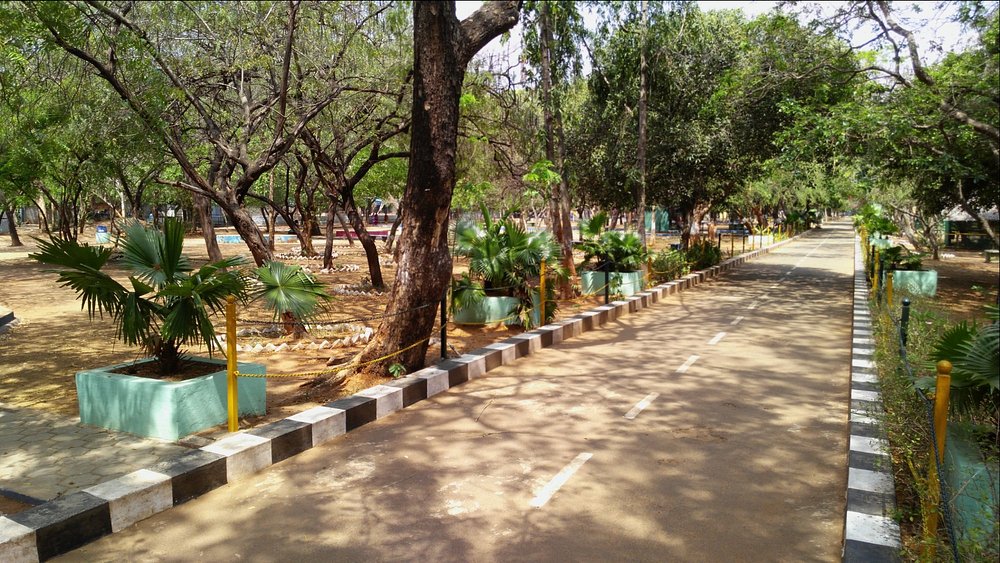
Image Source: Tripadvisor

